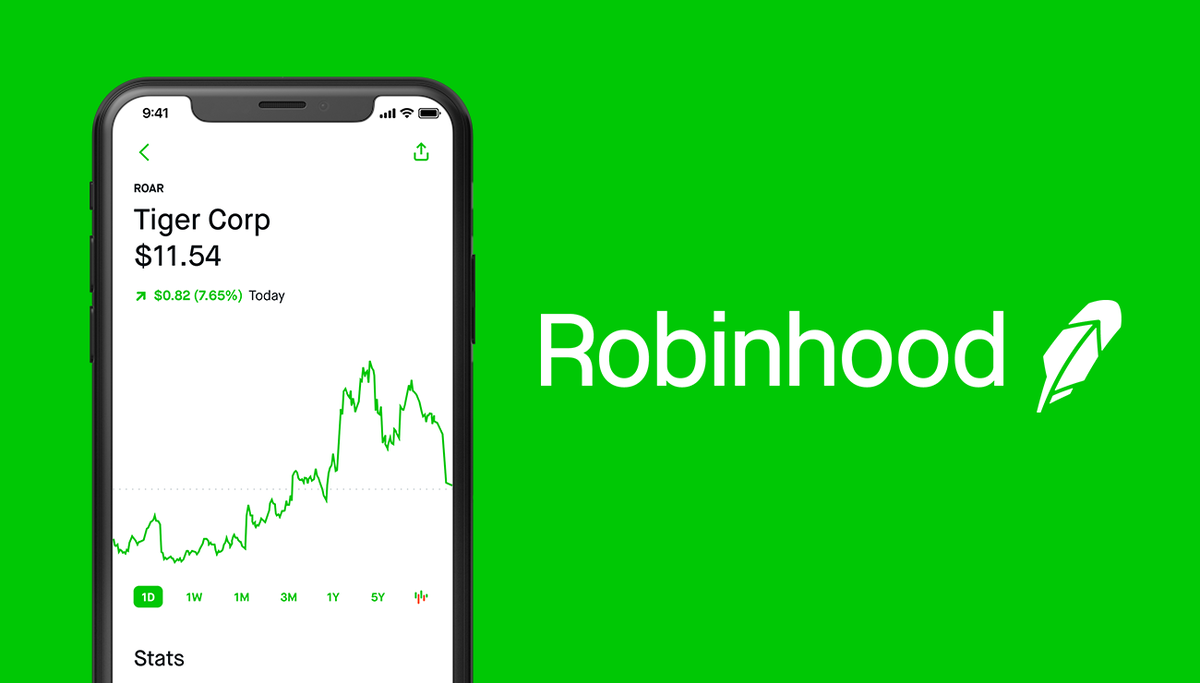Database / SQL
What is the difference between Truncate & Delete?
DELETE is a DML statement that deletes complete rows from the table and produces the count of deleted rows. It also allows us to filter and delete any specific records using the WHERE clause from the table. After executing this command, we can rollback the deleted data because it makes an entry in the transaction log for each deleted row.
DELETE FROM table_name WHERE condition;
TRUNCATE is a DDL statement used to remove complete data from the table without removing the table structure. So indexes, constraints, columns, the structure is maintained even after the statement is executed. We cannot use the WHERE clause with this command so that filtering of records is not possible. After executing this command, we cannot rollback the deleted data because the log is not maintained while performing this operation.
The truncate command deallocates the pages instead of rows and makes an entry for the deallocating pages instead of rows in transaction logs. This command locks the pages instead of rows; thus, it requires fewer locks and resources. Note that we cannot use the truncate statement when a table is referenced by a foreign key or participates in an indexed view.
TRUNCATE TABLE table_name;
Dogecoin! Earn free bitcoins up to $250 now by signing up.
Earn bitcoins upto $250 (free), invest in other Cryptocurrencies when you signup with blockfi. Use the referral link: Signup now and earn!

Using BlockFi, don't just buy crypto - start earning on it. Open an interest account with up to 8.6% APY, trade currencies, or borrow money without selling your assets.

Join CoinBase! We'll both receive $10 in free Bitcoin when they buy or sell their first $100 on Coinbase! Available in India also.
Use the referral Join coinbase!

Invest now!!! Get Free equity stock (US, UK only)!
Use Robinhood app to invest in stocks. It is safe and secure. Use the Referral link to claim your free stock when you sign up!.
The Robinhood app makes it easy to trade stocks, crypto and more.

Webull! Receive free stock by signing up using the link: Webull signup.
More Related questions...
